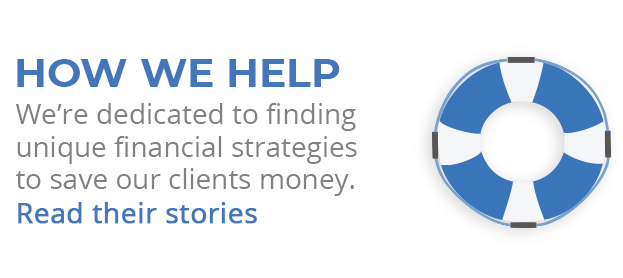When it comes to life insurance, there are many options. You may have heard terms like “whole life insurance,” “term insurance,” or “variable insurance,” but what do they really mean? And what are the differences between them?
Well, first let me point out what they have in common: all life insurance policies provide payment to a beneficiary in the event of your death. Aside from that basic tenet, the differences between policy types can be major.
Whole life insurance. This type of insurance covers your entire life (not just a portion or “term” of it) and is sometimes called “straight life insurance” or “permanent life insurance.” The premium payments on a whole life policy are fixed from day one and so is the dollar amount of the coverage.
Whole life policies accumulate cash value. Just how does that happen? An insurer takes in much more money than it pays out on recently issued whole life policies, as the premium payments are higher relative to the actuarial risk the insurer assumes (those new policyholders are relatively young). The insurance firm directs a portion of these early premium payments into a reserve account, putting those funds into investments (typically conservative ones). The policyholder receives an interest credit linked to the investment performance – and that is how the cash value builds up over time.
When you have held a whole life policy for more than a few years, you can borrow against its cash value, and you can even cancel it and receive its surrender value. The longer you wait, the greater the cash value becomes. Whole life generally isn’t a good choice for young families, who may find the premiums unduly high.
Universal life insurance. This is basically whole life insurance, but with a lower net cost over time and a death benefit that isn’t fixed from the outset. Like whole life policies, universal life policies build cash value with tax deferral, but the death benefit actually depends on three factors: your ability to keep making premium payments, the insurer’s policy charges and the credit rating of the policy.
You have some flexibility with universal life policies: you can vary premium payments. That variance may affect the cash value and the payout, however. Month by month, the insurer is calculating the premiums you pay vis-à-vis the policy cost. Any “excess” premium received (plus interest) gets credited to the cash value and that ultimately determines the death benefit. Should you stop paying the premiums or borrow against the cash value such that the policy doesn’t have enough cash to meet expenses, the insurer can simply cancel the policy. (Some universal life policies do offer no-lapse guarantees.)
Term insurance. Essentially, this is life insurance that you “rent” for X number of years rather than own. Term insurance provides coverage for a set time period (usually 10-30 years). Should you die within that time period, your beneficiaries will receive a death benefit. Both the premium payments and the death benefit on a term policy are fixed from the start.
If you can’t qualify for whole life or universal life, you may be able to qualify for a term policy. When the term is over, you may be offered the option to renew the coverage for another term, or to convert the policy to a form of permanent life insurance.
Term life is cheap, but the tradeoff comes when the term is up. Just as you don’t build up home equity by renting, you don’t build up cash value by “renting” life insurance. When the term of coverage is over, you usually walk away with nothing for the premiums you have paid.
Variable life insurance. A variable life policy is essentially a whole life policy with a riskier investment component. (Correspondingly, a variable universal life policy is a universal life policy with the same characteristic.) In VL and VUL policies, percentages of the cash reserve in your policy may be directed into investment sub-accounts managed by the insurer. Assets allocated to sub-accounts may optionally be put into equity investments rather than fixed-income investments. So in exchange for the possibility of greater reward (greater cash value), you (and the insurer) assume greater risk. The performance of the subaccounts cannot be guaranteed.
So, which coverage is right for you? Many factors come into play when deciding what type of life insurance will best suit your needs. The best thing to do is speak with a trusted and qualified financial professional who can assist you in looking at all the factors and help you to choose the policy that will work best for you.

About the Independent Financial Advisor
Robert Pagliarini, PhD, CFP®, EA has helped clients across the United States manage, grow, and preserve their wealth for the past 25 years. His goal is to provide comprehensive financial, investment, and tax advice in a way that was honest and ethical. In addition, he is a CFP® Board Ambassador, one of only 50 in the country, and a real fiduciary. In his spare time, he writes personal finance books, finance articles for Forbes and develops email and video financial courses to help educate others. With decades of experience as a financial advisor, the media often calls on him for his expertise. Contact Robert today to learn more about his financial planning services.










